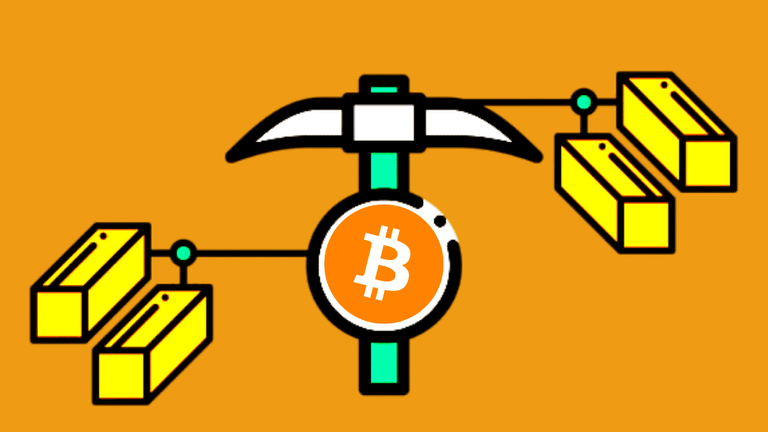The difficulty in the Bitcoin network is one of the main points of interest for its users and miners. Therefore, there is some buzz after noticing that the difficulty of the network reached 4.33% recently. This would be its biggest drop in 10 months, and it comes just two weeks after hitting its all-time high.

On May 12, the network difficulty reached its all-time high of 31.251 billion. At that time, miners mined almost 50,000 BTC from the remaining 2 million tokens. However, on May 26 it fell to 29.897 billion.While the Bitcoin community rejoiced in the added resiliency of the network due to the increasing difficulty of mining a Bitcoin block, the network difficulty rose a 4.33% drop from 31.251 billion to 29.897 billion on 26 of May.
How has the difficulty in the Bitcoin network been evolving?
Since mid-2021, Bitcoin's network difficulty has grown by nearly 128.56% as it hit its all-time high. However, many insist that the BTC ecosystem is still protected by the most secure blockchain network.
Difficulty adjusts every 2016 blocks (approximately every 2 weeks), so the average time between each block is still 10 minutes.
Why is this metric and its oscillations relevant?
This is a measure of how difficult it is to mine a Bitcoin block or, in more technical terms, to find a hash under a given destination. High complexity means that more computational power will be needed to mine the same number of blocks, which makes the network more secure from attacks.
It is simply a security issue. For example, higher network difficulty demands higher computational power to validate and confirm transactions through the BTC blockchain.
Consequently, this prevents “bad actors”, “hackers” or whatever you want to call it, from taking over the network. At the time of writing this post, the network difficulty stands at 29.897 billion.

Posted Using LeoFinance Beta